Americans have grown accustomed to watching price tags for signs of inflation, but few notice when their favorite products quietly shrink in size while maintaining the same price. This phenomenon, known as "shrinkflation," has become a subtle yet pervasive way for manufacturers to pass costs onto consumers without triggering sticker shock. The practice spans grocery store aisles, from cereal boxes to toilet paper rolls, leaving shoppers paying the same for less.
The psychology behind shrinkflation plays into how consumers process value. Most people track prices more carefully than net weights or quantities. A $4.99 price tag registers clearly in our minds, while the shift from 16 ounces to 14.5 ounces often goes unnoticed. Manufacturers exploit this cognitive bias, knowing that visible price hikes deter purchases more than invisible quantity reductions. The tactic became particularly prevalent during periods of high commodity costs and supply chain disruptions.
Grocery staples have been hit hardest by this stealthy form of inflation. A Consumer Reports analysis found that household products decreased in size by an average of 10-15% over five years while prices remained stable or increased. Coffee cans that once held a full pound now commonly contain 11-12 ounces. Ice cream containers shrank from half-gallons to 1.5 quarts. Even candy bars, the childhood benchmark of treats, have become noticeably slimmer while maintaining premium pricing.
Unit price labels offer the most reliable defense against shrinkflation, though few shoppers utilize them effectively. Those small stickers on store shelves showing price per ounce or pound tell the real story of value. A savvy consumer might notice that while two brands of pasta sauce sit side-by-side at $3.99, one contains 24 ounces and the other only 20 - making the apparently equal-priced item actually 20% more expensive. Retailers know most eyes glaze over these details, which is why the information appears in tiny print.
The personal care aisle demonstrates some of the most egregious examples of package downsizing. Deodorant sticks have become narrower while maintaining their length, creating the illusion of equal volume. Shampoo bottles adopt curved designs that hold less product than their straight-sided predecessors. Toothpaste tubes now feature elongated necks that reduce content by up to 20% without appearing smaller to casual observers. These design tricks prey on our visual perceptions rather than our quantitative assessment.
Seasoned shoppers develop tricks to combat this hidden inflation. Some keep mental notes of historical package sizes, while others photograph labels for comparison on subsequent trips. Online grocery forums have become hubs for tracking product shrinkage, with users posting side-by-side comparisons of current versus former packaging. A few even contact manufacturers directly, finding that companies will occasionally provide coupons or explanations when confronted about reductions.
Consumer advocates argue that shrinkflation constitutes a form of deceptive marketing, though it technically violates no laws. Regulatory agencies require accurate net weight labeling but don't mandate package size consistency. This legal gray area allows companies to quietly reduce quantities as long as the new amount appears on the packaging - often in locations and font sizes designed to escape notice. Some countries have implemented stricter disclosure rules, but the U.S. maintains a hands-off approach.
The economic calculus behind shrinkflation reveals why companies prefer it to outright price increases. Consumer price indices track sticker prices more carefully than package sizes, meaning shrinkflation helps mask true inflation rates. Retailers also know that reshelving products with new UPC codes due to size changes attracts less attention than changing price tags. The strategy becomes particularly appealing during periods of moderate inflation when companies fear customer backlash against visible price hikes.
Certain product categories prove more vulnerable to shrinkage than others. Items where the container comprises a significant portion of total cost - like chips or cereal - see frequent downsizing because reducing content yields substantial savings. Products purchased on autopilot by habitual buyers also get targeted, as these consumers pay less attention to gradual changes. By contrast, fresh produce and bulk items resist shrinkflation because their pricing naturally fluctuates with weight and seasonality.
Technology has begun empowering consumers to fight back against stealthy package changes. Several smartphone apps now allow users to scan products and compare current sizes against historical data. Some grocery chains have enhanced their loyalty programs to alert members when their frequently purchased items undergo size reductions. These tools help offset the information asymmetry that makes shrinkflation so effective, though adoption remains limited to particularly budget-conscious shoppers.
The long-term consequences of shrinkflation extend beyond household budgets. As packages shrink across multiple product categories, consumers subconsciously adjust their perceptions of normal portion sizes. This creeping redefinition of "standard" amounts may contribute to distorted understanding of nutritional servings and appropriate consumption levels. The phenomenon also erodes trust in manufacturers, with many customers feeling manipulated when they discover the subtle downgrades to products they've purchased for years.
Retail experts note that shrinkflation typically precedes more visible price increases. Companies first reduce package sizes to their practical limits, then implement price hikes once the deception becomes unsustainable. This pattern means consumers currently experiencing widespread shrinkflation should brace for upcoming sticker shock across multiple categories. The temporary relief manufacturers gain from hidden reductions often merely delays inevitable pricing adjustments.
Some brands have turned shrinkflation into a marketing opportunity by introducing "value sizes" that actually restore original quantities at slightly higher prices. This psychological framing makes customers feel they're getting a deal rather than being cheated on standard packages. The strategy highlights how perception often outweighs reality in consumer decision-making, and how clever marketers can turn a defensive move into apparent generosity.
Ultimately, beating shrinkflation requires adopting the habits of an investigative shopper rather than a passive consumer. Checking unit prices, remembering historical package sizes, and staying informed about industry trends all help maintain purchasing power. In an era where companies employ teams of psychologists and packaging engineers to subtly separate consumers from their money, vigilance becomes the only true defense against getting less for the same.

By Sophia Lewis/Apr 11, 2025

By Joshua Howard/Apr 11, 2025

By Grace Cox/Apr 11, 2025
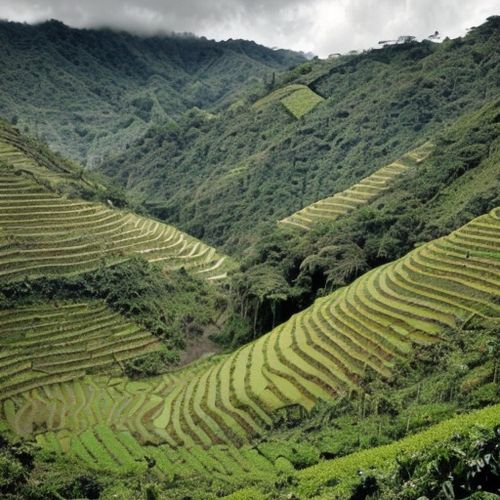
By George Bailey/Apr 11, 2025
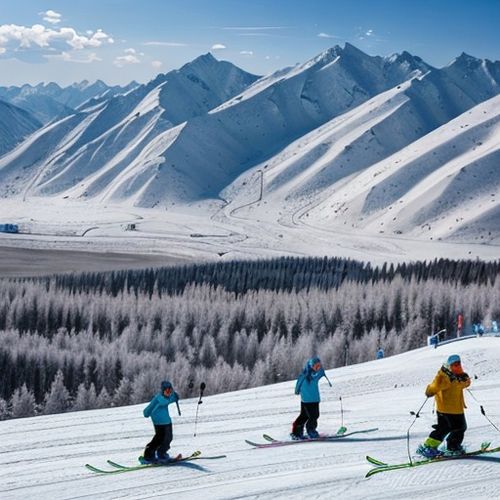
By Samuel Cooper/Apr 11, 2025
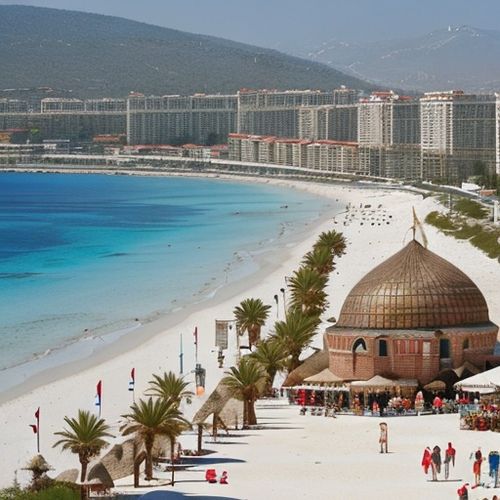
By Sophia Lewis/Apr 11, 2025

By Megan Clark/Apr 11, 2025
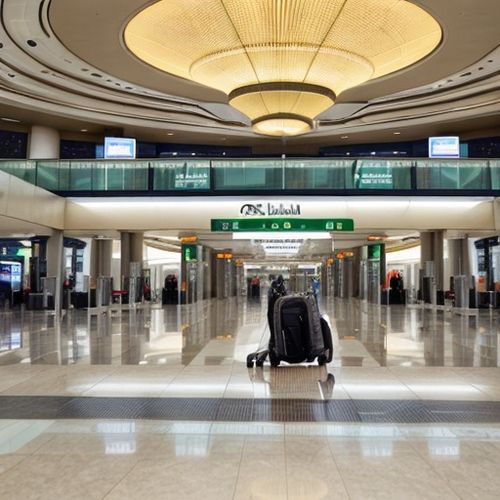
By Lily Simpson/Apr 11, 2025

By Samuel Cooper/Apr 11, 2025

By Noah Bell/Apr 11, 2025
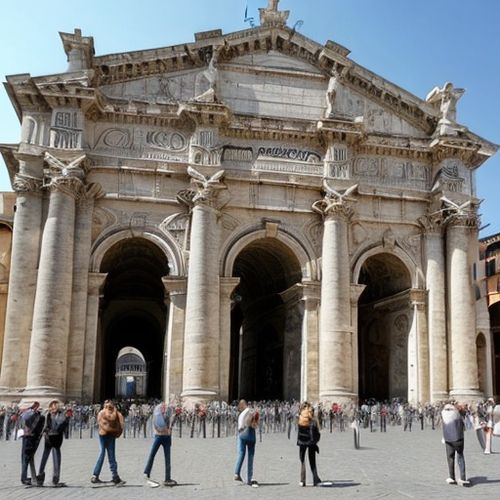
By Ryan Martin/Apr 11, 2025
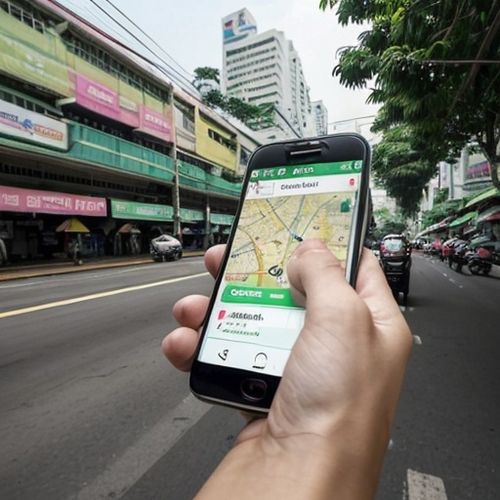
By John Smith/Apr 11, 2025

By James Moore/Apr 11, 2025

By Lily Simpson/Apr 11, 2025

By Thomas Roberts/Apr 11, 2025

By Jessica Lee/Apr 11, 2025
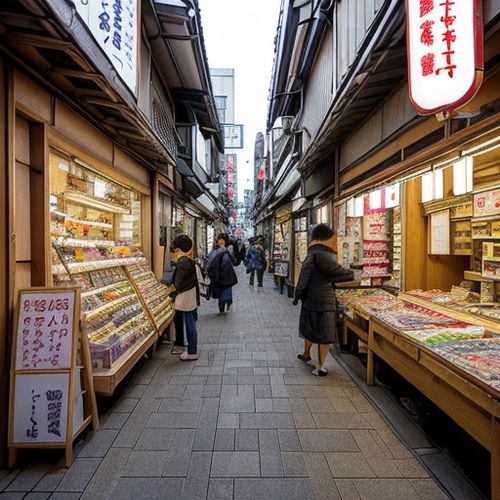
By William Miller/Apr 11, 2025
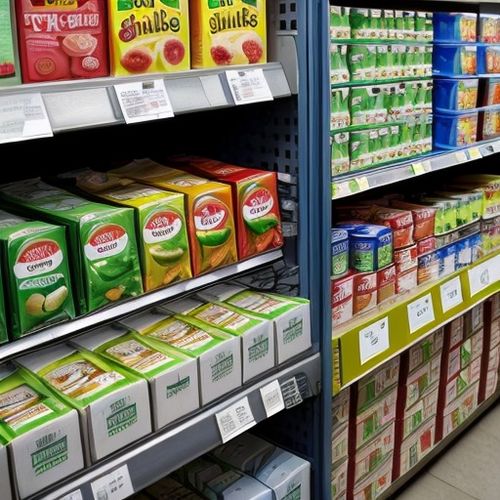
By Elizabeth Taylor/Apr 11, 2025

By Christopher Harris/Apr 11, 2025

By Eric Ward/Apr 11, 2025